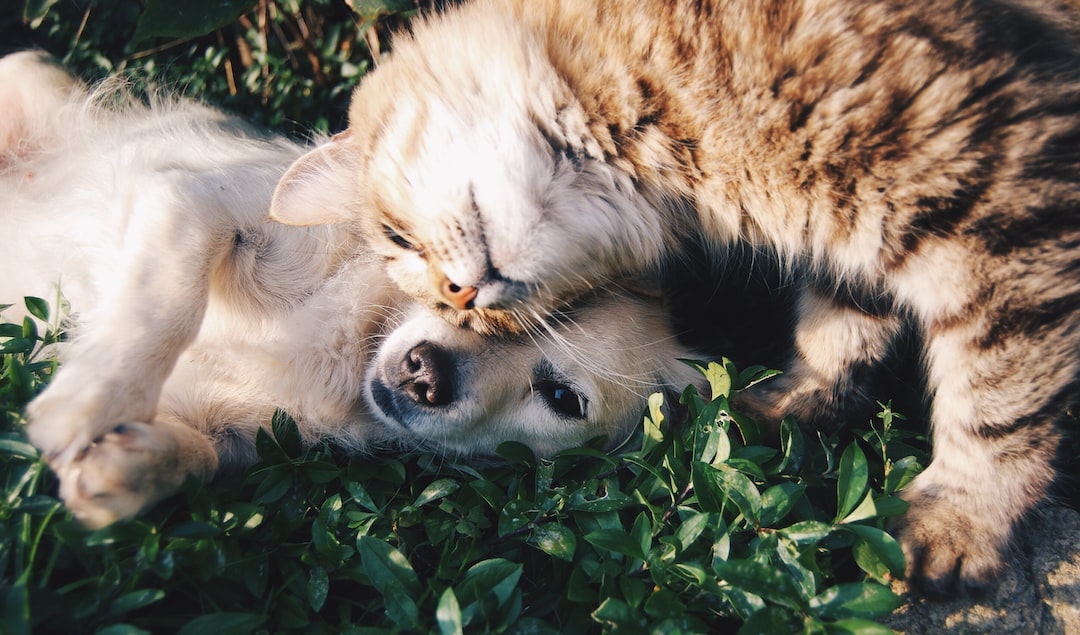The Ultimate Guide to Pet-Proofing Your Home
Having a pet is one of life’s great joys. They bring us endless love, joy, and companionship. However, being a pet owner also comes with great responsibility. It’s crucial to ensure that your home is safe and secure for your furry friend. Pet-proofing your home is essential to prevent accidents and keep your pet healthy and happy. If you’re a pet owner or soon-to-be, this ultimate guide will provide you with valuable tips on how to pet-proof your home effectively.
1. The Basics of Pet-Proofing
Before delving into the specifics, let’s start with the basics. Pet-proofing involves creating a safe environment for your pet, free from potential hazards. This includes both indoor and outdoor areas of your home. The first step is to examine each room from your pet’s perspective to identify potential dangers.
2. Secure the Outdoor Perimeter
If you have a yard, it’s crucial to ensure that it is properly secured. Check for any gaps or holes in the fence, as pets can easily escape and wander off. Consider installing a fence that is high enough to prevent them from jumping over. Additionally, ensure that your gate is always closed securely to avoid any accidental escapes.
3. Keep Dangerous Plants out of Reach
Plants not only add beauty to our homes but can also be toxic to pets. Research common plants that are poisonous to animals and make sure to keep them out of their reach. If you have any of these plants, consider either moving them to a safe area or finding pet-safe alternatives to decorate your home with.
4. Store Medications and Chemicals Safely
Medications and chemicals can pose serious threats to pets if ingested. Keep all medications, cleaning products, and chemicals securely stored in cabinets or high shelves that your furry friend cannot access. Be especially careful with items like antifreeze, which is highly toxic to animals.
5. Hide Electrical Cords
Pets, especially puppies and kittens, are prone to chewing on electrical cords, causing electric shocks or potential fires. Keep electrical cords hidden or secured using cord covers or pet-friendly deterrent sprays. This will help prevent any accidents and protect both your pet and your home.
6. Block off Hazardous Areas
Certain areas of your home might be dangerous for pets to access, such as the laundry room or garage. Use baby gates or pet barriers to prevent your furry friend from wandering into these areas. Remember to properly store any laundry detergents, sharp tools, or other hazardous objects that may be present.
7. Secure Trash Cans
Trash cans can be a temptation for pets who view them as potential treasure troves. However, ingesting spoiled food or other harmful items can lead to serious health issues. Purchase pet-proof trash cans with secure lids or keep your trash can in a secure location inaccessible to your pet.
8. Protect Your Furniture
Pets can unintentionally damage your furniture through scratching, chewing, or accidents. Invest in pet-friendly furniture materials, such as leather or microfiber, which are durable and easy to clean. Provide your pet with designated scratching posts and chew toys to redirect their attention and prevent damage to your prized possessions.
9. Eliminate Small Choking Hazards
Pets are curious creatures who love to explore. Keep small items such as coins, buttons, or other small objects out of your pet’s reach. These items can be choking hazards if swallowed. Additionally, be cautious of items like children’s toys with small parts that can easily be consumed.
10. Keep Food Items Secure
Certain human foods can be harmful to pets, such as chocolate, grapes, and onions. Make sure to store your food securely, either in the fridge or high cupboards, to prevent your pet from accessing it. Keep an eye on countertops and dining tables to discourage your pet from stealing any food.
Conclusion
By following this ultimate guide to pet-proofing your home, you will create a safe and secure environment for your beloved pets. Remember to regularly reassess potential dangers and make adjustments accordingly as your pet grows or as new hazards arise. Your pet’s safety and well-being should always be a top priority, and by taking the necessary precautions, you can ensure a happy and healthy life for them within your home.

